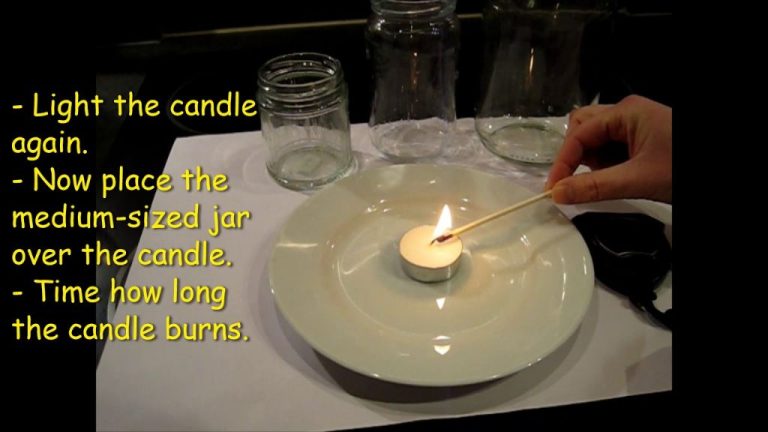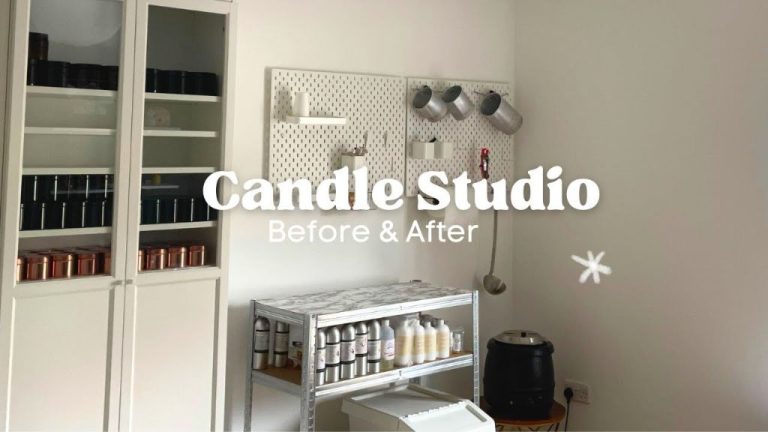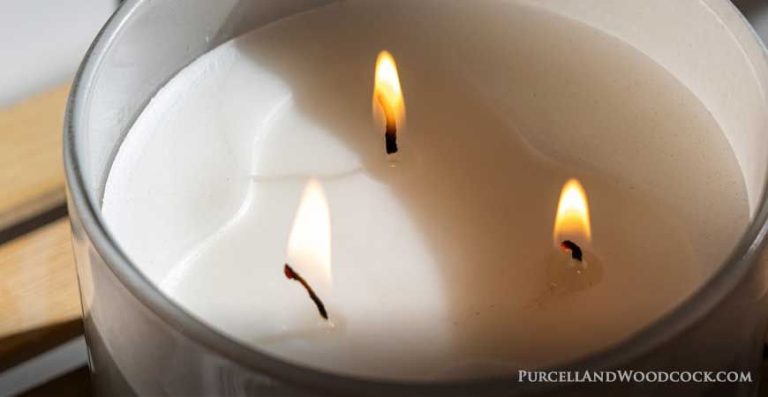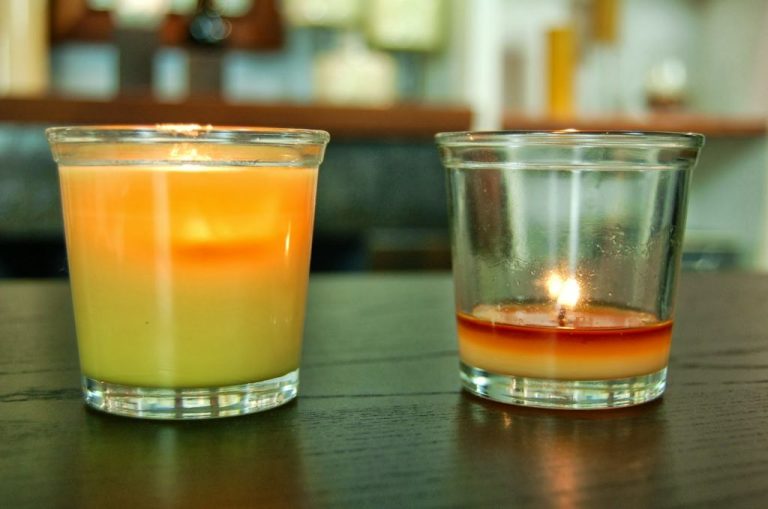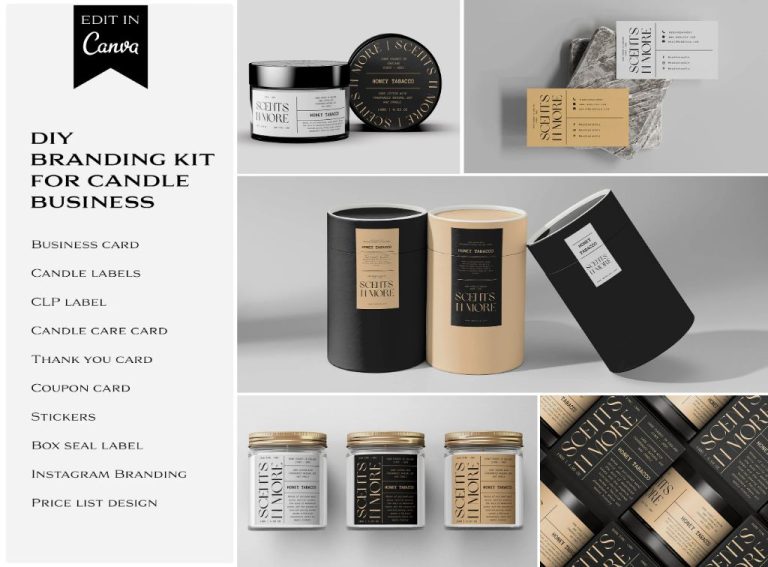Does A Loofah Make Soap Last Longer?
Bar soap can often feel like it disappears too quickly in the shower. Finding ways to extend the life of bar soap offers a simple way to reduce waste and save money. Using a loofah or washcloth provides one easy method to make bar soap last longer. The gentle scrubbing motion helps create more lather while distributing soap evenly across the skin’s surface. Less soap gets wasted. A loofah also exfoliates the skin, removing dead skin cells so that the soap can penetrate deeper and work more effectively. Ultimately, pairing bar soap with a loofah can extend the life of a bar of soap by maximizing the amount of lather and reducing waste.
What is a Loofah?
A loofah is a fibrous sponge used to exfoliate and cleanse the skin. The loofah is a climbing, flowering vine from the gourd family called Luffa. Once it reaches maturity, the gourd-like loofah fruit is harvested and the fibrous interior is removed and dried. This dried interior then becomes the loofah sponge used in many bathrooms and showers today (source).
There are two main types of loofahs: natural and synthetic. Natural loofahs come directly from the luffa plant and contain no added materials. Synthetic loofahs are made from plastics like polyethylene or from mesh materials. Both types are shaped into a three-dimensional netted ball or oblong sponge that serves as an exfoliating and sudsing tool (source).
How Loofahs Lather Soap
A loofah’s coarse and intricate texture allows soap to generate more lather than hands alone. When rubbed against bar soap, the strands and loops of a loofah trap and circulate soap bubbles thoroughly between its pockets and crannies. This texture creates more surface area for bubbles to form and boosts the lathering effect compared to using just hands (PeteandPedro.com).
The porous structure of a natural loofah is ideal for making foam. As soap moves across the loofah fibers, air gets whipped into the mix, multiplying the bubbles. A loofah’s nets and webs, especially when wet, have peaks and valleys that form tiny soap bubbles. This gives a fuller, frothier lather than a flat hand or smooth washcloth.
Synthetic loofahs made of mesh or netting produce lather similarly. The woven and latticed construction traps soap effectively. Overall, any loofah’s 3D and abrasive texture outperforms the flat surface of hands or a washcloth when building up suds.
Loofahs Exfoliate Skin
Loofahs help exfoliate, or slough off dead skin cells from the outermost layer of skin, called the epidermis. This is because loofahs have a coarse, fibrous texture that provides gentle manual exfoliation when rubbed against the skin (Source 1). As dead skin cells build up, the skin can start to appear dull and flaky. Exfoliation helps reveal newer skin underneath for a smoother, glowing complexion.

Dermatologists recommend exfoliating 1-2 times per week for most skin types (Source 1).Using a loofah when bathing or showering provides an easy way to exfoliate regularly. The scrubbing motion lifts and sweeps away dead skin cells. However, loofahs should not be used on sensitive or broken skin, as they may cause irritation. Overall, loofahs offer a gentle manual exfoliation to revitalize the skin’s appearance.
Exfoliation Maximizes Soap Effectiveness
Exfoliating the skin with a loofah helps maximize the effectiveness of soap by removing dead skin cells from the surface of the skin. Dead skin cells can create a barrier that prevents soap from properly penetrating into the skin. By gently scrubbing with a loofah, this barrier is removed, allowing the soap better access to clean the skin.
According to Truly Beauty, exfoliation removes “the buildup of sebum and dead skin cells for smoother, clearer skin.”1 With the dead skin cells cleared away, soap molecules can better interact with and cleanse the fresh layer of skin underneath. The French Soap Store explains that exfoliating soaps “help to cleanse your skin by removing dead skin cells.”
Exfoliation also helps soap cleanse deeper into pores. HowStuffWorks states that exfoliating “helps dislodge debris in pores.”2 This clears the way for soap to better penetrate into and sanitize pores.
Overall, the exfoliating properties of a loofah maximize the cleaning power of soap by enabling it to make direct contact with fresh, unblocked skin.
Loofahs Distribute Soap Evenly
One of the key reasons using a loofah can help soap last longer is that the fibrous, mesh-like texture of a loofah distributes soap more evenly across the skin’s surface. The open weave and high surface area of a loofah allows soap to spread out instead of getting concentrated in one spot.
When washing with just your hands, it’s easy for soap to remain in a small area and not fully lather the skin. The hands tend to rub soap into concentrated patches rather than dispersing it widely. In contrast, the strands and grooves of a loofah soak up soap and deliver it broadly across the skin in a thin, even layer.
By spreading out the soap instead of clustering it, a loofah helps soap molecules cover more ground. The soap is distributed over a larger skin surface area and works more efficiently. Less soap gets wasted in dense clumps, since the loofah fibers maximize spread and coverage.
Less Soap Wasted
Using a loofah helps reduce soap waste compared to hand lathering in a couple key ways. First, the fibrous, porous nature of a loofah allows it to generate lather while using less soap. The loofah acts like a sponge, trapping and sudsing up soap within its netted fibers. This means you need less soap initially to create ample lather. Hand lathering often requires more soap at the start to achieve the same frothy foam.
Additionally, the textured surface of a loofah helps spread soap over more skin area. Your hands tend to concentrate soap mostly on the palms, missing spots on the backs, between fingers, and other hard to reach areas unless scrubbing thoroughly. The loofah makes it easy to lather soap all over in an efficient manner. This full coverage again means less soap goes to waste only being applied to a portion of your skin.
By creating lather with less initial soap and ensuring thorough application over your whole body, loofahs lead to reduced soap waste compared to hand washing alone. The loofah makes what soap you do use stretch further and last longer before running out.
Extending Bar Soap Life
Using a loofah is one of the most effective ways to extend the life of your bar soap. Here are some tips to help you maximize the longevity of your soap bars when using a loofah:
– Wet the loofah first before applying soap. The loofah will absorb water and create more bubbles and lather. This allows you to use less soap.
– Gently massage the bar soap directly onto the loofah to work up a lather, rather than rubbing the bar directly on your skin. This reduces wear and tear on the bar.
– Look for loofahs made from natural materials like bamboo or cotton, as they have more grip and texture to generate suds. Plastic loofahs are less effective at producing lather.
– Let any excess lather drip off the loofah before applying to skin. Too much lather wastes soap.
– Hang up loofahs between uses so they dry thoroughly. Bacteria accumulate in damp loofahs which degrades bars more quickly.
– Replace loofahs every 1-2 months for maximum effectiveness. Older loofahs are less abrasive and spread lather less efficiently.
– Store bar soap in a dry place between uses so it hardens and lasts longer. Consider a soap saver box with slots for drainage to extend bar life.
By following these simple tips, you can extend the lifespan of your bar soaps by weeks or even months when using a loofah, saving you money in the long run.
Potential Drawbacks
While using a loofah can help soap last longer, there are some potential drawbacks to be aware of. One issue is that loofahs can accumulate bacteria over time. The coarse, fibrous nature of loofahs provides an ideal environment for bacteria to grow. Wet loofahs left sitting in the shower between uses give bacteria time to multiply rapidly.[1]
To reduce bacteria buildup, it’s important to fully rinse and dry loofahs after each use and replace them regularly (every 3-4 weeks is recommended). Loofahs should also be laundered periodically. Taking these precautions can help mitigate the hygiene risks posed by bacteria growth in loofahs.
Conclusion
In summary, using a loofah can help extend the life of bar soap. As we’ve discussed, loofahs work in a few key ways – by exfoliating skin, maximizing soap effectiveness, and distributing lather evenly. With a loofah, less soap goes to waste. However, proper care is still needed to maximize bar soap life. Loofahs should be allowed to dry thoroughly between uses to prevent bacteria growth. Bars of soap also last longer when stored in a dry, well-ventilated environment. Additionally, buyers can look for soaps formulated for longevity. With the right practices, a loofah can be a useful tool for making soap last longer.

